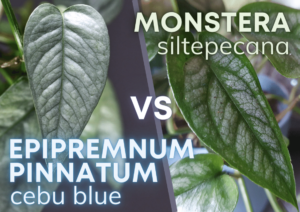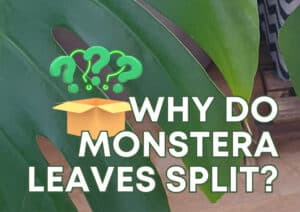Can You Propagate Monstera From A Leaf Alone?
- Lakeisha Ethans
- November 19, 2022
If you buy something using the retail links in our articles, sometimes we earn a small affiliate commission. This does not impact the products we recommend.
It’s not possible to propagate a new Monstera plant using only a leaf. For new roots, stems and leaves to develop the cutting must contain a section of the plant stem which includes a node. Leaves can be attached to the stem cutting but aren’t essential.
Nodes contain meristematic cells which depending on the chemical signals given by the plant can develop into a number of different cell types, including those needed for a small segment of tissue to grow into a complete plant.
You can identify when a cutting contains a node by looking for a swollen ring at the point where leaf blades and aerial roots emerge.
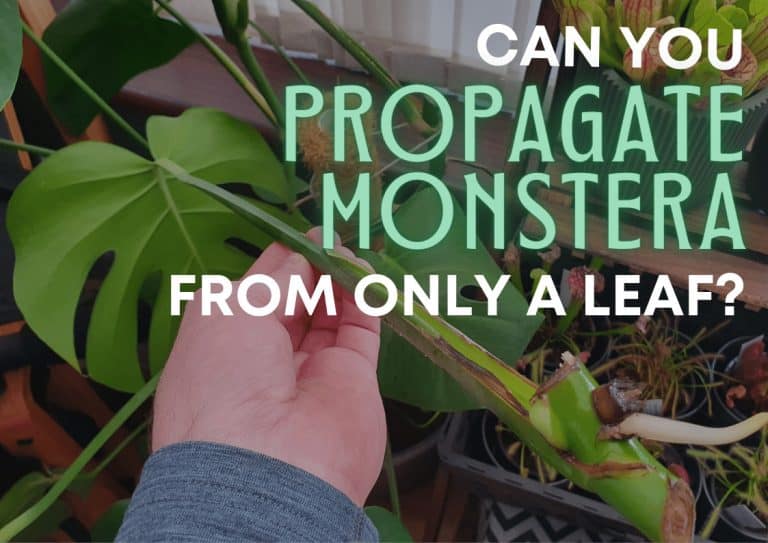
Can you propagate a Monstera cutting without a leaf?
It is possible to grow a Monstera plant from a cutting that does not include a leaf as long as the cutting contains a node.
Without a node the plant tissue will lack the necessary meristem cells needed to develop into a self-sustaining plant in its own right.
Leaves can be left on the stem cuttings and often are for aesthetic reasons – you instantly have a new plant that already contains mature foliage complete with the splits or fenestrations which are often absent in the early growth stages of a Monstera grown from seed.
However, keeping leaves attached to cuttings isn’t essential.
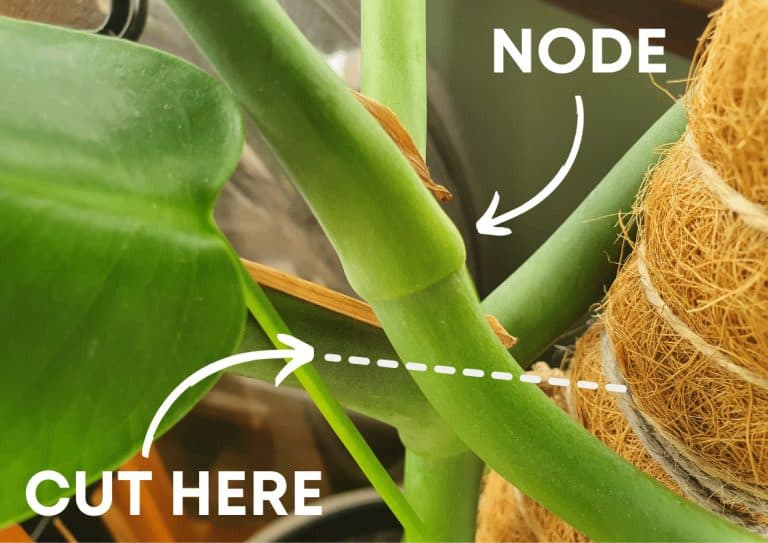
Once cut the node can be propagated in soil or water alone. For our cuttings we used nothing other than tap water and after 28 days a healthy 2″ root had developed.
For a cutting taken at the same time and potted up in soil the root network was far more developed.
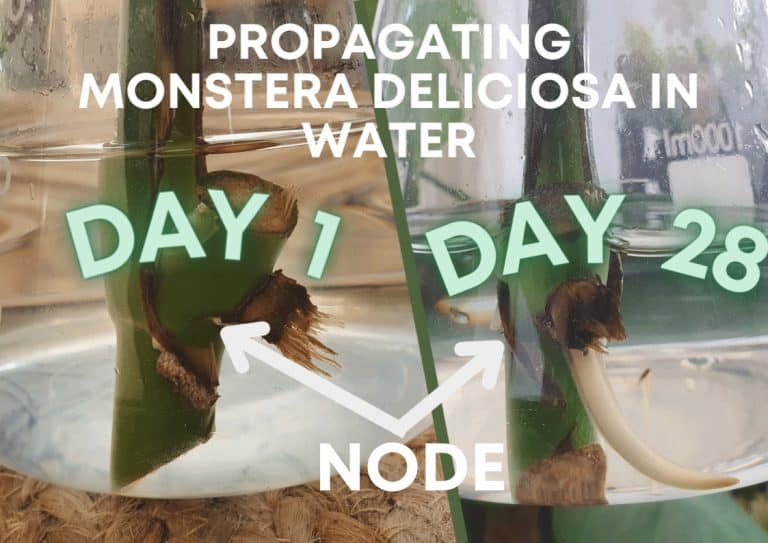
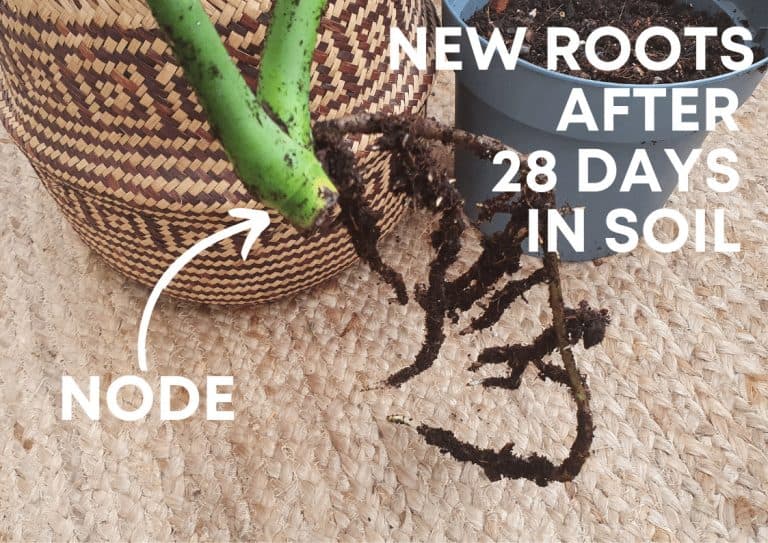
Can you propagate Monstera using aerial roots? (Do they help?)
Aerial roots on Monstera kept as houseplants are normally dehydrated and appear as dense hardened fibrous finger-like structures.
However when they are surrounded by suitable growing medium, such as soils, the bark of a tree or a moss pole, aerial roots have the potential to branch out and establish a dense new network of roots.
If you propagate a Monstera from a cutting that includes an aerial root, it will have grown out of a node, which makes it ideal an ideal candidate for a cutting as additional roots can develop and support the already existing aerial root.
So retaining aerial roots on your cut will make them more likely to propagate quicker.
Be mindful that aerial roots have a tendency to rot if entirely submerged in water so using soil or moss would be the best method to transplant a cutting that has mature aerial roots attached.
Our Favorite Houseplant Soil Mixes And Substrate
Similar Posts
Monstera Siltepecana vs Epipremnum Pinnatum Cebu Blue: Key Differences Explained
Are you struggling to tell the difference between Monstera Siltepecana and Epipremnum Pinnatum Cebu Blue? This article will help you identify and care for these two popular houseplants.
Solving The Puzzle Of Why Monstera Leaves Split
Monstera plants are known for their beautiful split leaves, but why do their leaves develop this unique signature feature in the first place?

